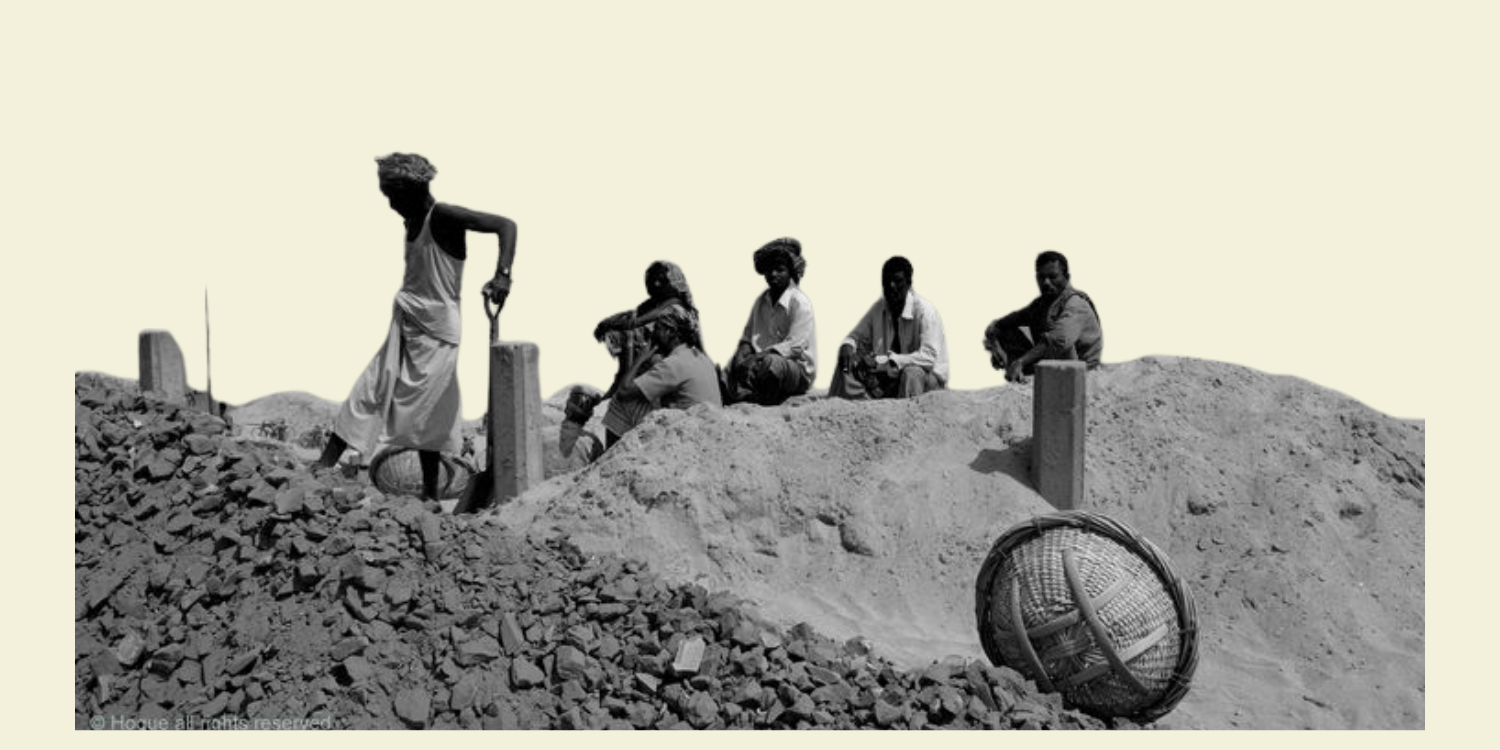Abstract
India’s coal dependency is the focus of investigation of this paper, with an understanding of energy security and human security to meet its rising energy consumption. This study examines the current justifications for this trend, considering how coal is intertwined with India’s politics and economic aspirations. Rationales for using more coal remain rooted in an inadequate short-term, supply-centric notion of energy security. However, the paper suggests that delaying the renewable energy transition and increasing coal ‘lock-in’ harms India’s energy security and human security in the long run. Given the entrenchment of coal within the Indian energy system, the paper highlights the need for a transition discourse where continuing legacies of coal dependence are re-evaluated in light of coal’s adverse effects on climate change, energy security, and human security. Coal and India’s economy and politics are historically intertwined. Lahiri-Dutt (2014, p. 1) writes that “coal mining was a pivotal modern industry shaping India’s colonial trajectory but, unlike tea plantations or jute mills, the coal mining industry assumed iconic status as a national symbol after Independence”. Energy security—and arguably security itself—is a multidimensional concept with varying meanings (Jakstas, 2020, Chapter 5). Differing answers to the questions of “security for whom, from whom, by whom, of what values, from what threats and by what means”, reveals the multidimensional aspect of security and energy security (Brauch, 2006, Chapter 3). Not aligning the trajectories of coal use and the announced climate
mitigation goals “prevents the planning and investments for a post-coal world” (D’Souza & Singhal, 2021, p. vii).
Keywords: Coal, Coal Dependence, Energy Security, Just Transition, Carbon Lock-In
Introduction
Despite commitments to phasing down coal in favour of renewable energy sources, India has steadily increased its coal production (see figure 1) and imports (see figure 2). The International Energy Agency [IEA] (2021a) notes that India has been increasing its thermal coal imports and forecasts that national coal consumption will grow at an average annual rate of 3.9% to reach 1.18 billion tonnes by 2024 (IEA, 2021b).






